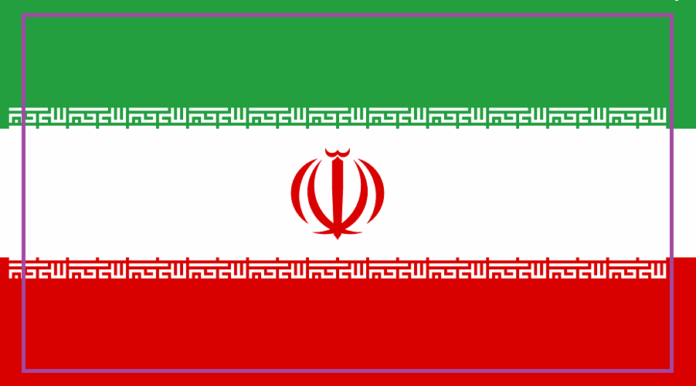The Islamic Republic of Iran’s decision to end free visa entry for Indian citizens has directly affected millions of Indian pilgrims.
Every year, a large number of people from the Shia community—especially from cities like Lucknow
and Hyderabad—travel to Iraq and Iran for religious visits. Now, this journey will become much more difficult.
In Lucknow, thousands of devotees visit local duplicate shrines such as Hazrat Imam Hussain’s shrine, Hazrat Imam Ali’s shrine, Shah-Najaf, and the well-known Hazrat Abbas shrine.
Although people pray at these places daily, they strongly believe that visiting the original shrines once in their lifetime is essential for pilgrimage.
Disappointment Among Shia Pilgrims in Lucknow
Sajid Hussain said that Iran’s decision is a “direct attack on the people of Lucknow.”
According to him, most Shia pilgrims from India travel for religious purposes, and without free visas, poor people will no longer be able to go.
He demanded that the Iranian government restore the free visa facility.
Sajid also mentioned that many shrines in Lucknow are built in the style of those in Iran and Iraq, but the wish to visit the real Roza remains very special.
Sabab Asghar, a resident of the Hazrat Abbas Dargah area, added that the resting place of their eighth Imam, Imam Raza, is in Iran,
and every Shia wishes to visit it at least once in their lifetime. The suspension of free visas will make travel difficult for thousands from Lucknow
. He condemned the decision and urged Iran to reverse it.
Maulana Mohammad Mian Abadi explained that the free visa facility, which was available for a year, had greatly helped pilgrims.
It removed the stress of scheduling visa appointments and rushing for documentation. People could easily plan short trips.
Although the difficulties will now increase, he said that people had been buying visas earlier and will continue to do so. He hopes India and Iran will find a solution together.
Clerics Suggest Alternatives and Highlight Cultural Importance
Famous Shia cleric Maulana Kalbe Jawad pointed out that 90% of the pilgrims belong to the Shia community, making them the most affected by this change.
Poor people could not travel earlier due to high flight prices.
He suggested that if ship services are restarted, many poor pilgrims will be able to visit Iran and Iraq easily. He also urged Iran to lift the free visa ban.
Lucknow’s historic shrines and Imambaras hold deep religious significance. The Chota Imambara, built during the Nawabi era, is also known as the Mini Taj Mahal.
Other important sites—Roza Kazimain, Roza Hazrat Abbas, Roza Imam Hussain, and Roza Imam Ali—attract millions of devotees each year.
Still, the original holy cities of Najaf, Karbala, Mashhad, and Kazimain in Iraq and Iran remain the most desired pilgrimage destinations for the Shia community.
